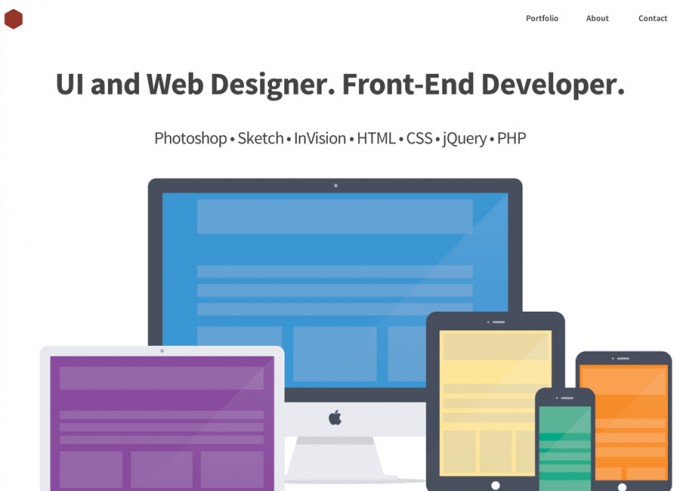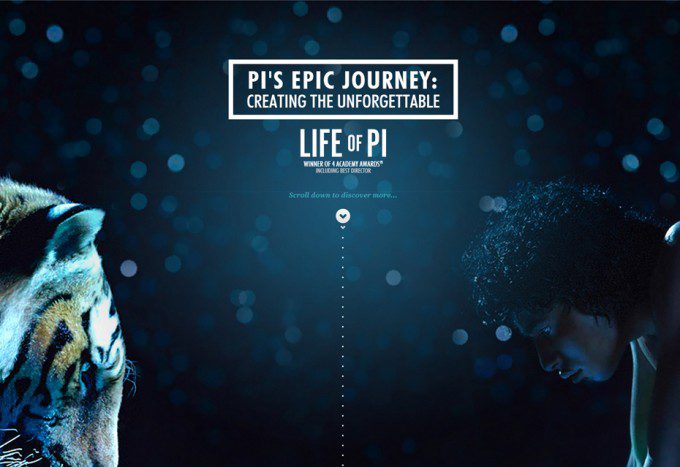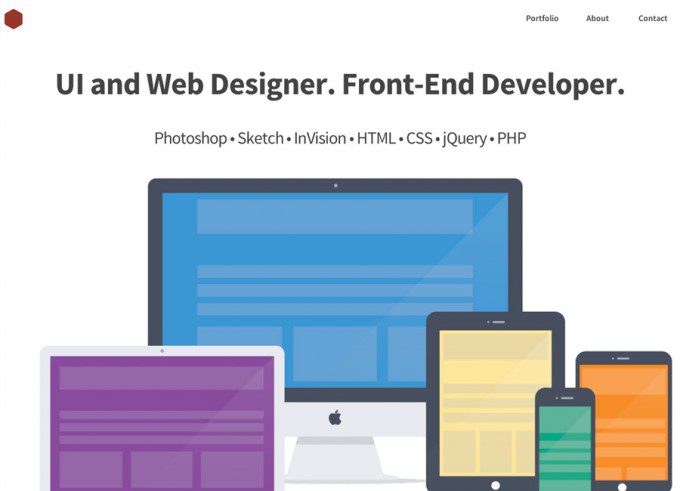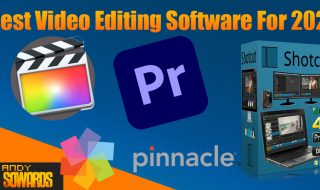
Guessing the next wave of Internet web design seems a fruitless task at first. The Web always seems to shift, change and transform according to the technological advancements within. But designers are quick to adapt. And while there are design advocates who maintain that great design principles still work best for any medium, today’s trend-setting Web designers are bringing forth their own unique twists on design for the Web.
Designers use the Internet’s massive platform to bring about remarkable innovations and further design’s role on the Web. Other designers work with existing trends and modify them for a particular project. Some cram all sorts of web tools into a page, while others use minimal design to make their point. Others are thinking small, small, small for all sorts of mobile applications. In most cases, designers are opting to work in the cloud, using free cloud storage sites like Mozy to store images, frames, ideas, videos and animations.
All across the Web, it’s definitely a creative revolution going on in web design, with new trends coming out on many sides. Let’s look at what designers are doing today and what’s ahead for 2014:
Flat Design
Flat design has caught on with web designers in 2013. In a nutshell, flat design is about trying to make 2-D websites into three-dimensional wonders. Some designers do this eliminating drop-shadows or reducing heavy textures for that 3-D look. The trick is to keep the interface simple, using bold, bright colors in block format, with strong lines, exciting typography. Look at flat design as being the modernists take on traditional web design. It’s bright, light and alright.
Plus, it’s a better deal for the developer side too. Color blocks are far easier to scale down to a mobile app interface than heavy HD images, and that makes the re-proportioning of the site to a mobile device that much simpler. Another advantage is that flat design on websites are usually faster to load on mobile or browser versions. Flat design eliminates the need for designers to use effects, shadings, textures and gradients. Instead, using flat color blocks means just using code which helps browsers process these designs faster.
Power Scrolling Options

20 Best Websites with Parallax Scrolling of 2013
Gov Delivery notes that parallax scrolling is catching on for increased use by web designers in 2014. This tool gives designers the ability to control a website’s depth of design objects. Combined with HTML5 and CSS3, parallax scrolling enables web designers to make great-looking animations for next to nothing. Scrolling through 3D images is faster as well. Take a look at some of the best looking websites utilizing parallax scrolling techniques — you’ve probably already visited some of these sites.
Responsive Web Designs

Selling Responsive Web Design To Clients
Responsive web design refers to the increasing practice of developing a one-size-fits-all web design for use on tablets, web browsers, note screens, smartphones and more. Instead of creating different versions of the same site, responsive web design essentially figures out the screen size being used to view the site and it adapts to meet that site’s viewability factor. Responsive sites will align the web elements in the right way for a mobile browsing experience, as well as choose the best layout for the display. Many web designers are already on board for this in 2013, and look to the trend to grow more in 2014.





